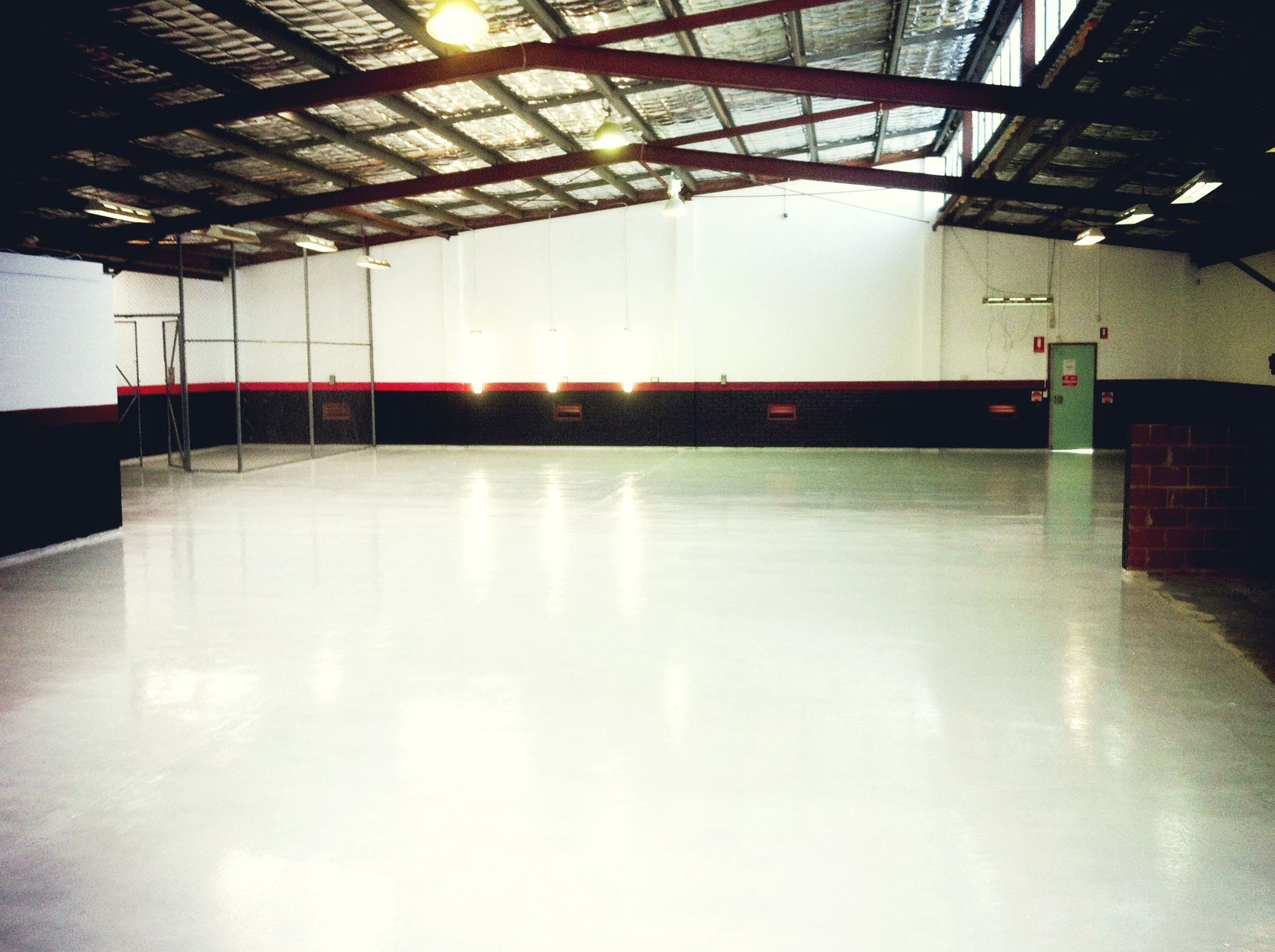How to Help Clients Create a Proactive Coating Plan... and Win their Lifetime Business & Trust
Article 2 of 2 in a series

2018-02-21
Last week, we talked about the difference between proactive and reactive ways that clients manage coatings – with most businesses, unfortunately, taking a reactive approach. (Read more about that here.)
According to corrosion and coating expert Terry Greenfield, the 3 key goals of a proactive coatings management program are "to extend the service life of coatings, reduce costly unexpected downtime incidents, and increase safety of operations… The approach to success is to really look at the assets to understand the life cycle of the coatings."
Greenfield gives the example: one coated area may show a lot of wear and tear, but still have a year left of service - while another, larger coated area, could have its life cycle extended by 10 years using the same budget dollars. A proactive coating plan would do the latter, while a reactive plan would fix the damaged area – and miss an opportunity for greater lifetime value.
By offering a regular evaluation, assessment and maintenance program to your clients, encouraging a proactive approach, you can potentially grow your business, add new clients, and expand the services you offer your existing clients.
A regularly-scheduled service plan becomes its own consistent revenue stream, leading up to or following a service. It builds trust and familiarity. And your clients get better-served and save money in the long run. It's win-win!
Use the 3 proactive plan goals to organize your service program:
Step 1: Assess for extending coating service life.
• What materials is your client currently using for coatings?
• Are there other more durable coatings that could greatly extend the coating's life? (For example, polyurea is highly durable and can handle ordinary and extraordinary wear and tear).
Step 2: Assess for coating safety.
• Are there coatings more suited to the area's use?
• Sometimes an area's use has changed since it was first coated – has the coating been updated to handle new requirements?
• Are there additives or coatings – such as non-slip or ESD protection that would improve safety?
Step 3: Plan for reduced downtime.
• When are the best time(s) to do work? Most businesses have a regular ebb and flow of busy times. A proactive approach schedules work during naturally low-activity times.
• Are there better materials that could be used for shorter downtime? (Polyurea, for example, has a much shorter cure-time than other polymer-based coatings – so the customer is back up and running in a matter of hours, rather than days.)
Facilities managers, business- and homeowners often make hundreds of decisions a day about their buildings and the equipment within it - from multimillion dollar equipment purchases down to a hazardous spill. With so much on your customer's plates, by helping them create a proactive coating plan and protect their property, you're building an indelible relationship with your client - so that the unexpected coating failure, or new installation, isn't the only reason they call you.
If you'd like help building a proactive coating plan, let our flooring experts help. Click here to schedule a free, no obligation call.
Latest News
How to Maintain Your Concrete Grinder
Gain Customers and Referrals in 4 Easy Steps
Ready for the Summer Rush? 4 Ways to Prepare
6 Cold Weather Safety Tips for Installers
How to Remove Salt Stains from Concrete
Testimonials
Every time I call I get to talk to someone, and I always have an answer within 20 minutes. That's awesome.
Client: Terry C.

